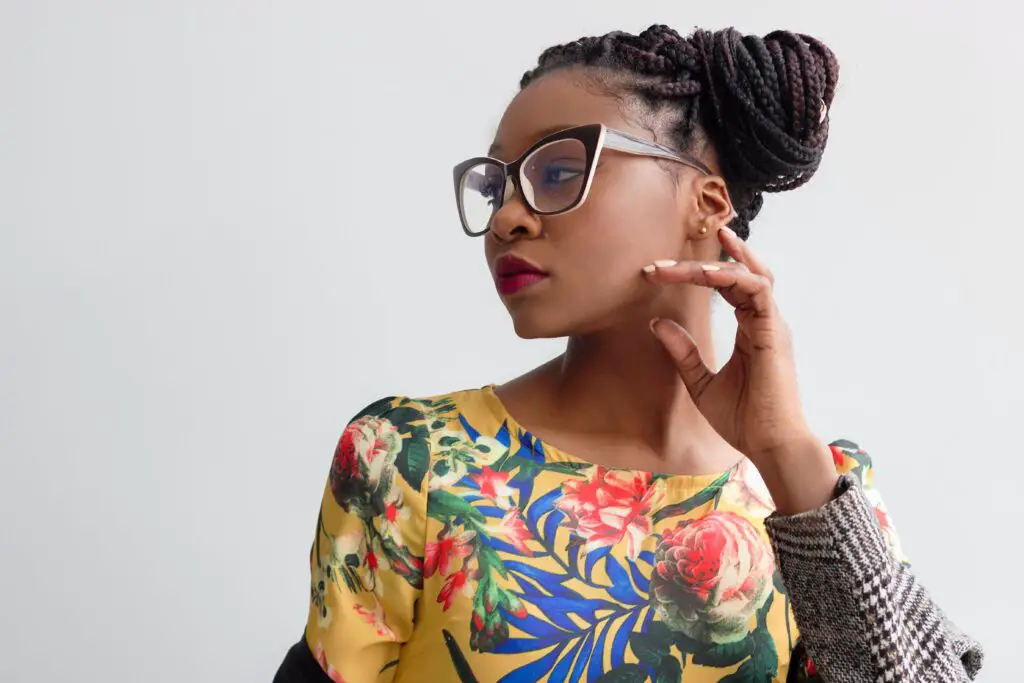The Enigma of “Conventionally Attractive”:
Unraveling Beauty in a Modern World
In a world that perpetually molds and remolds its standards of beauty, the concept of being “conventionally attractive” stands as an elusive ideal, perpetually shifting like grains of sand beneath our feet. Beauty, a concept as old as time, has metamorphosed through epochs, cultures, and individual preferences, leaving us to ponder the intricate dance between subjective allure and societal norms.

As we delve into the enigma of “conventionally attractive,” we embark on a journey through the corridors of history, culture, and the ever-evolving landscapes of perception. Is there a timeless definition of beauty, or does it morph with each passing era and societal inclination?
Conventionally Attractive:
The Myth Unveiled
In a world awash with glossy magazines, social media influencers, and Hollywood glamour, the term “conventionally attractive” seems to be a catchphrase dangling in the air, ripe for dissection. But what does it truly mean?
Defying the Mold:
The Ever-Shifting Sands of Beauty
Beauty, much like the tides of the ocean, refuses to be restrained. What may be considered “conventionally attractive” today could be yesterday’s news tomorrow. The fluidity of beauty standards is evident throughout history, where eras have championed different ideals, from the Rubenesque curves of the Renaissance to the ethereal slenderness of the Roaring Twenties.
The 21st century, with its technological revolution and global connectivity, has birthed a mosaic of beauty ideals. From the waif-like models of the early 2000s to the celebration of body positivity in recent times, the term “conventionally attractive” is a chameleon, adapting to the prevailing winds of societal discourse.
The Symmetry Conundrum:
A Mathematical Approach to Beauty
Is there a formula for beauty, a mathematical equation that can unlock the secrets of “conventionally attractive”? Some theories posit that facial symmetry plays a pivotal role. A face with balanced features is believed to be more appealing, tapping into an innate human preference for harmony.
However, this notion is not without its skeptics. The allure of imperfections, the crooked smile, the asymmetrical charm – these are facets of beauty that defy the rigid constraints of symmetry. As we navigate the intricate dance between perfection and idiosyncrasy, the elusive nature of “conventionally attractive” becomes increasingly apparent.
Cultural Kaleidoscope:
Beauty Across Borders
Beyond the individual canvas of personal preferences lies the vast mural of cultural diversity. What is deemed “conventionally attractive” in one corner of the globe may stand in stark contrast to ideals upheld elsewhere.
From the porcelain skin of ancient China to the sun-kissed glow of the Mediterranean, the tapestry of beauty is woven with threads of cultural heritage. In a globalized world where borders blur, the definition of “conventionally attractive” becomes a nuanced exploration of cultural aesthetics and the celebration of diverse beauty.
Media Magic:
The Photoshop Mirage
In the age of digital wizardry, where pixels replace paintbrushes and filters masquerade as makeup, the concept of “conventionally attractive” takes on an ephemeral quality. Airbrushed images, perfected to an unrealistic degree, grace the covers of magazines, creating a standard of beauty that often feels unattainable.
The paradox lies in the simultaneous celebration and distortion of reality. While media platforms open avenues for self-expression and redefine traditional norms, they also contribute to the perpetuation of an idealized version of beauty. As we navigate this digital landscape, the question arises – is “conventionally attractive” a genuine reflection of beauty, or is it a meticulously crafted illusion?
Breaking the Mold:
Redefining Beauty on Individual Terms
In the pursuit of “conventionally attractive,” it’s easy to lose sight of the beauty that exists beyond societal norms. The authentic charm that emanates from self-acceptance and the celebration of individuality is a potent force that challenges the conventional narrative.
In recent years, there has been a paradigm shift in the way beauty is perceived. Movements advocating for inclusivity, body positivity, and the rejection of unrealistic standards have gained momentum. The rebel cry against the homogenization of beauty heralds an era where “conventionally attractive” may be more about embracing uniqueness than conforming to a preconceived mold.
Conclusion
As we navigate the labyrinth of “conventionally attractive,” we find ourselves entangled in a complex web of perception, culture, and personal preference. Beauty, ever-changing and infinitely diverse, refuses to be confined to a singular definition. In a world that often clamors for conformity, the allure of embracing individuality emerges as a powerful antidote to the age-old quest for “conventionally attractive.”

